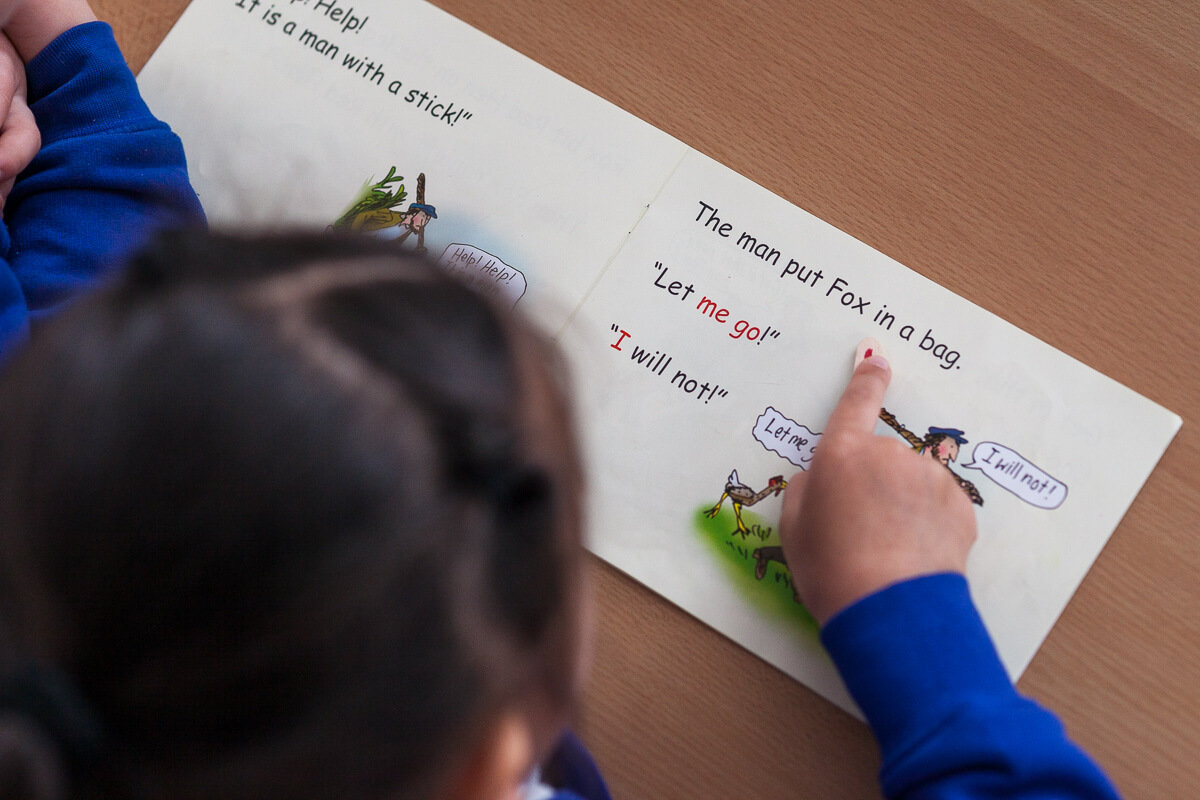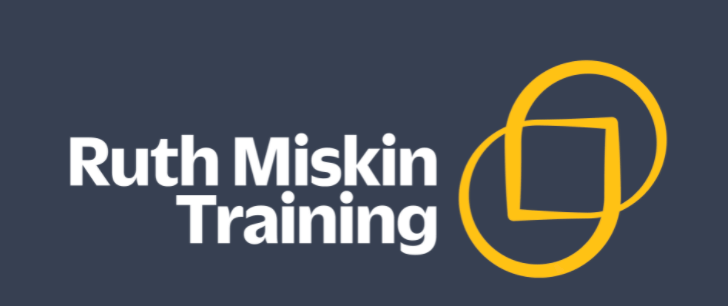Early Reading
How we teach your children to read and write.
Every child deserves success right from the start. We know that the sooner children learn to read, the greater their success at school. This is why we put reading at the heart of what we do.
At Moorhill, we want children to learn to read quickly and accurately and to then keep on reading. We use the Read Write Inc programme.
What is Read Write Inc?
Read Write Inc. Phonics was first created by Ruth Miskin in 2002. It is the UK’s leading synthetic phonics programme with the most respected and comprehensive professional development.
For children at Moorhill, getting reading fluency right is key to success in later years and aids the development of comprehension.
With Read Write Inc. Phonics we expect all children:
- reach the expected standard of the phonics screening check
- develop reading fluency and read with comprehension
- develop co-operative behaviour and articulate their ideas and understanding
- spell and write with confidence.
RWI was developed by Ruth Miskin and more information on this can be found at
https://ruthmiskin.com/en/find-out-more/parents/.
How will RWI be taught?
During this time, we group children by their reading progress for 50 minutes a day. For the children who recognise single letter sounds and can blend them together to read words, this is made up of a 15 minute phonics session and a 35 minutes reading session.
During a RWInc lesson children learn a new sound and review previously taught sounds. Children read real and nonsense words to practise their decoding and blending skills. They then apply their phonic knowledge to the spelling of words. The children then read a text matching their assessed level and answer a range of questions.
For the children who are not at this stage, the session is a 30 minutes phonics session where they will learn sounds and blending. We re-assess children every half-term so we can place them in the group where they’ll make the most progress.
We provide extra daily one-to-one sessions for children who need a bit of a boost to keep up. This breaks down the phonics and reading strands of Read Write Inc. phonics into smaller steps to accelerate children’s reading progress. It provides intensive, targeted support to address specific gaps in a child’s reading. Some children will only need a few weeks’ tutoring. Others may need a term. Those with significant learning difficulties may need much longer.
How do we make phonics easy for children to learn?
Read Write Inc. Phonics depends upon children learning to read and write sounds effortlessly, so we make it simple and fun.
Children learn to read words by sound-blending using a frog called Fred. Fred says the sounds and children help him blend the sounds to read each word. Children learn to do this orally first.
We teach them one way to read and write the 40+ sounds in English. We use pictures to help, for example we make ‘a’ into the shape of an apple, ‘f’ into the shape of a flower. These pictures help all children, especially slower-starters, to read the sounds easily.
Set 1
Set 1 Sounds are taught in the following order together with rhymes to help children form the letters correctly and instantly recognise sounds ready for blending. Please do not use letter names at this early stage. Children will also use pictures for each sound to help recognise the sound and then form the shape of the sound.
Set 2 & 3
The children are then taught Set 2 Sounds - the long vowels. When they are very confident with all of set 1 and 2 they are taught Set 3 Sounds.
Set 3 teaches children the different spellings of the same sounds, for example, they learn that the sound ‘ay’ is written ay, a-e and ai; the sound ‘ee’ is written ee, e and ea. We use phrases to help them remember each sound for example: ay, may I play; a-e – make a cake?
RWInc: How to say the sounds
Nonsense words (Alien words)
As well as learning to read and blend real words children will have plenty of opportunities to apply their sound recognition skills on reading ‘Nonsense words’. These words will also feature heavily in the Year One Phonics Screening check in the summer term.
Phonics Screening Check information
How do we ensure children can read every book?
The first thing we do is to give children books we know they can read – without any guessing. (We read lots of other stories to them, but do not expect them to read these yet.)
Before they read the story, they sound out the names of characters and new words, practise reading any of the ‘tricky red’ words, and tell them a thought-provoking introduction to get them excited about the story.
Then, over three or five days, children read the story three or five times depending on their phonics level: we focus on reading the words carefully; reading the story fluently; and, we talk about the story together for example, how characters might be feeling and why. Children will then bring a book home that is matched phonetically to the book they have read in school.
These are called Book Bag Books.
If your child is reading at the Read Write Inc level of red, green, purple, pink or orange your child will receive their Book Bag Book on the 3rd day in their Read Write Inc teaching sequence.
You will then read this book each day for 3 days. It then needs to be returned to school.
If your child is reading at the Read Write Inc level of yellow, blue or grey your child will receive their Book Bag Book on the 5th day in their Read Write Inc teaching sequence
You will then read these books each day for 5 days. It then needs to be returned to school.
How do we teach children to spell confidently?
We use just two simple activities: Fred Fingers to spell regular words and Red Rhythms for tricky words.
Fred Fingers
We teach children to spell using ‘Fred Fingers’: we say a word and then children pinch the sounds onto their fingers and write the word, sound by sound.
Red Rhythms
We teach tricky words with Red Rhythms. We say the tricky letters in a puzzled or annoyed voice and build the letter names up into a rhythm, for example, s-ai-d.



